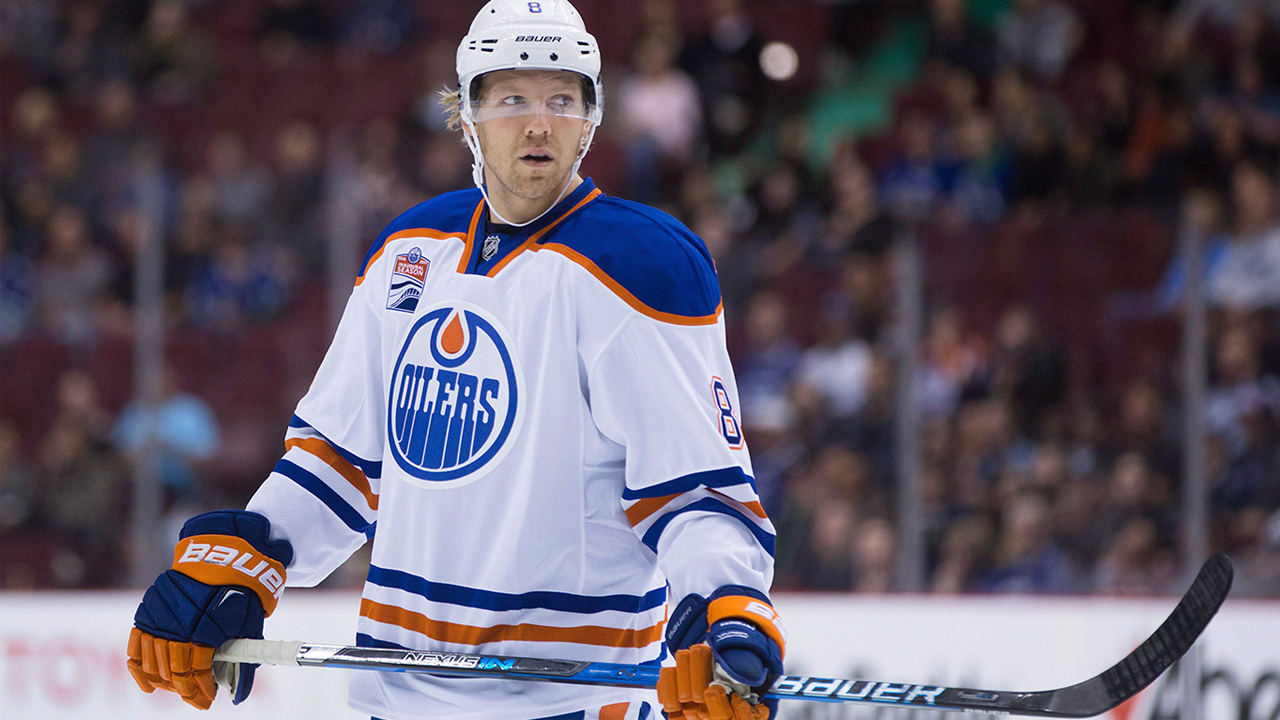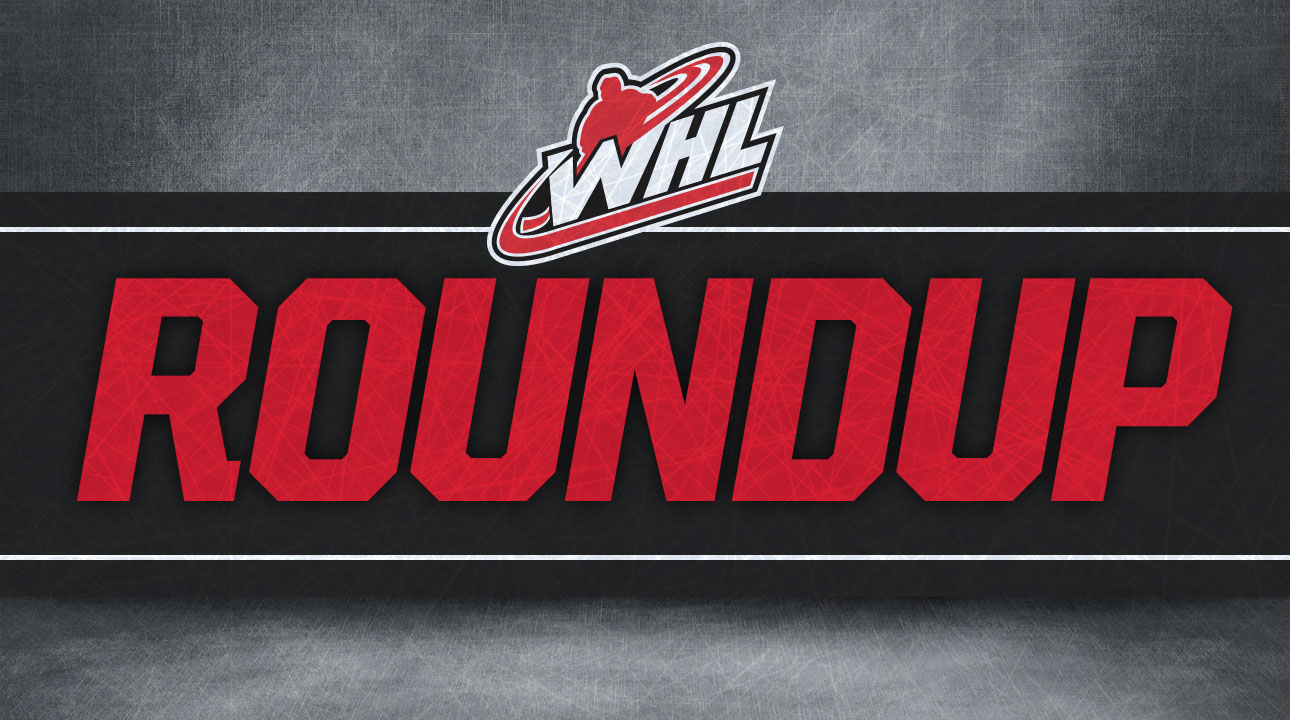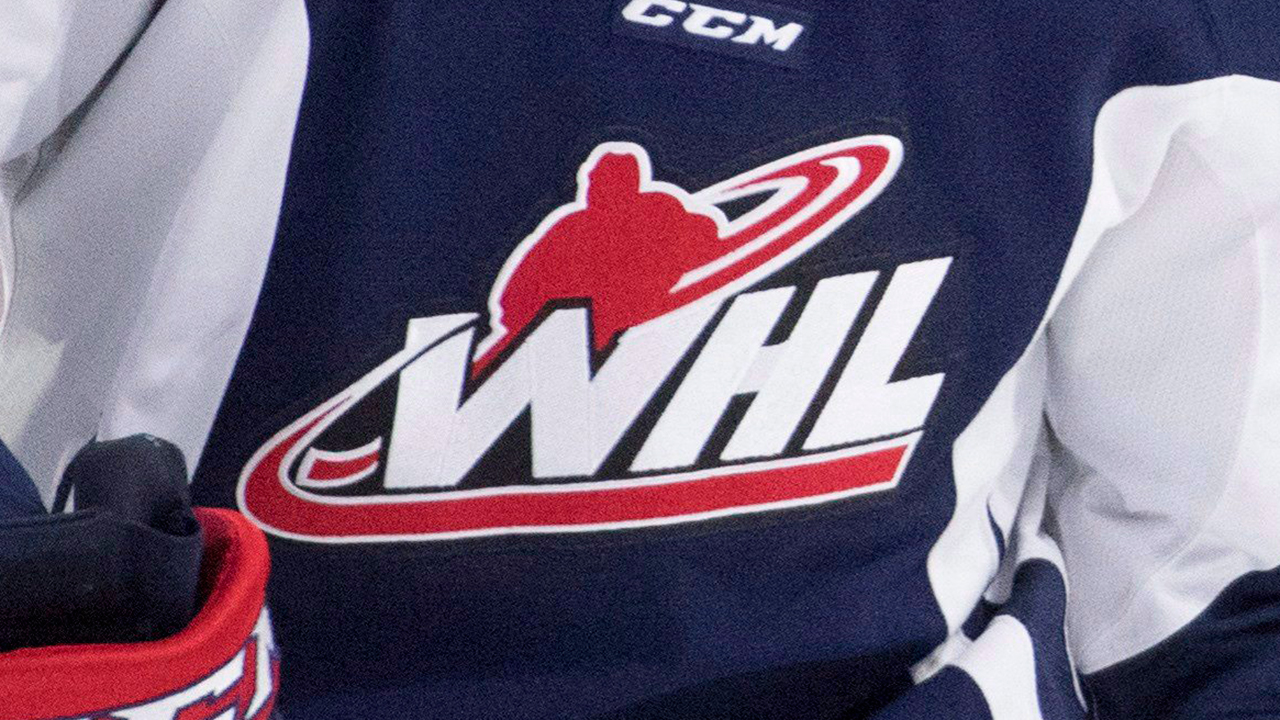For three seasons, from 2011-2014, the Edmonton Oil Kings were the most dominant team in the WHL. They posted a combined 151-49-7 record, won two league titles, captured a Memorial Cup and dressed 19 NHL draft picks, including four first-rounders.
They have yet to produce a significant major-league player.
Ottawa Senators first-rounder Curtis Lazar is the current posterchild for the struggles of these Oil Kings. He’s back in the NHL after an unproductive stint in the minors, but has zero points in 20 games with the Sens this season. He missed time in training camp with mono, but even prior to this season he had just 35 points in 143 career NHL games.
The most comparable forward in recent memory is James Sheppard, a ninth overall pick by the Wild back in 2006. Like Lazar, he played two full NHL seasons by the time he was 20, putting up 43 points in 160 contests. He ended up as a bottom-six forward for a few years and is now in his second season overseas at age 28.
Lazar’s struggles have caught notice because they’re mostly happening in the NHL, but some of the highest draft picks from the Oil Kings in those years are still trying to push their way into the majors. The list includes first-rounders Griffin Reinhart and Henrik Samuelsson, both 2012 picks now in the final year of their contracts. Second-round picks such as David Musil (who was traded to the Oil Kings after being drafted), Mitch Moroz and Brett Pollock are all pros, but fading as NHL prospects at this point.
As the list above suggests, a disproportionate number of drafted Oil Kings have found their way into the Oilers’ system, with seven of the 19 spending at least some time there. Some, like Reinhart and goalie Laurent Brossoit, were acquired from other teams. Edmonton never hesitated to invest picks on Oil Kings players, and in some cases players drafted from other clubs found their way over to the Oil Kings’ roster before their junior careers ended.
The results have not been good. All told, the Oilers spent a first-rounder, three second-rounders and four other picks on players who played on the Oil Kings between 2011 and 2014. Reinhart and Brossoit are still prospects, though they’ll need to make the NHL team next year or risk waivers. None of the others are even impact players at the AHL level.
When the Oilers brought the Oil Kings under their ownership umbrella, there was reason to hope that the arrangement would be mutually beneficial. The Oil Kings would share in the rich resources of the NHL team and play in the same facility. The Oilers would gain first-rate intelligence on Western Hockey League players, which they could then use to make decisions.
The arrangement certainly seems to have paid off for the Oil Kings. The Oilers, in contrast, have repeatedly made bad bets on players they should know intimately, raising the question of whether familiarity breeds blindness.
Yet to some degree it’s hard to fault Edmonton’s management. The Oil Kings were such a dominant club over those years that you would have expected the roster would be filled with future NHLers.
Consider the 2014 London Knights, one of the teams the Oil Kings beat to win the Memorial Cup that year. That team alone boasted Bo Horvat, Max Domi, Chris Tierney, Mitch Marner, Josh Anderson, Mike McCarron, Christian Dvorak and Nikita Zadorov. An NHL franchise investing its picks in that club would have done well.
This trend hasn’t applied to everyone, though: there are Oil Kings who have managed to defy it.
Right now, the most accomplished member of the franchise from those three seasons is unquestionably defenceman Mark Pysyk. Pysyk, who was dealt from Buffalo to Florida last summer, has established himself as a quality NHL player. He’s outperformed his team averages virtually his entire career, and over the past three seasons has been a positive player by shot metrics or goal differential. He’s not flashy and tends to be underrated, but he’s a solid defenceman at hockey’s highest level.
The next-best bet for NHL minutes is probably goaltender Tristan Jarry, who has taken the place of Matt Murray as the top netminding prospect for the Penguins. He has NHL size, and in his second pro campaign has a .923 save percentage in the minors, even earning a call-up when Murray was hurt earlier this season.
Aside from those two, however, most of the draft picks who went through the Oil Kings organization in those years are not presently on-track to have significant NHL careers:

It must be said that there is still time, particularly for those players who still have waiver exemption remaining. Lazar was a solid goal-scorer in junior, and because he was rushed into the NHL he’s younger than his games played would indicate. Reinhart and Brossoit aren’t all that far from NHL duty and still have waiver exemption left, while Lowe and Musil are solid AHL’ers.
These, though, are low-probability scenarios. It’s a rare thing for a skater to spend three years in the AHL and then have a lengthy NHL career, let alone make a real impact in the major leagues.
As we approach the five-year mark of the first title in the Oil Kings’ modern history, the only absolutely sure thing off those rosters is Pysyk, the No. 5 defenceman for the Florida Panthers. Few examples could demonstrate so forcefully how difficult it is to thrive and survive at hockey’s highest than these struggles of one of junior hockey’s recent powerhouses.





